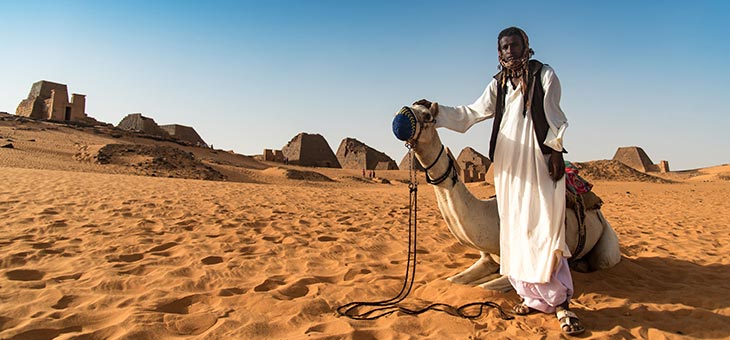It could be the coils of incense wafting from thuribles, or perhaps the sight of men spinning furiously on their heels, but as the sun dips below the onion domes of Omdurman’s mosques, I’m beginning to feel quite dizzy.
Every Friday, dervishes dance and chant in the shadow of Sufi leader Hamad Al Nile’s tomb in this suburb of Khartoum, whipping into a frenzy before darkness cloaks the day.
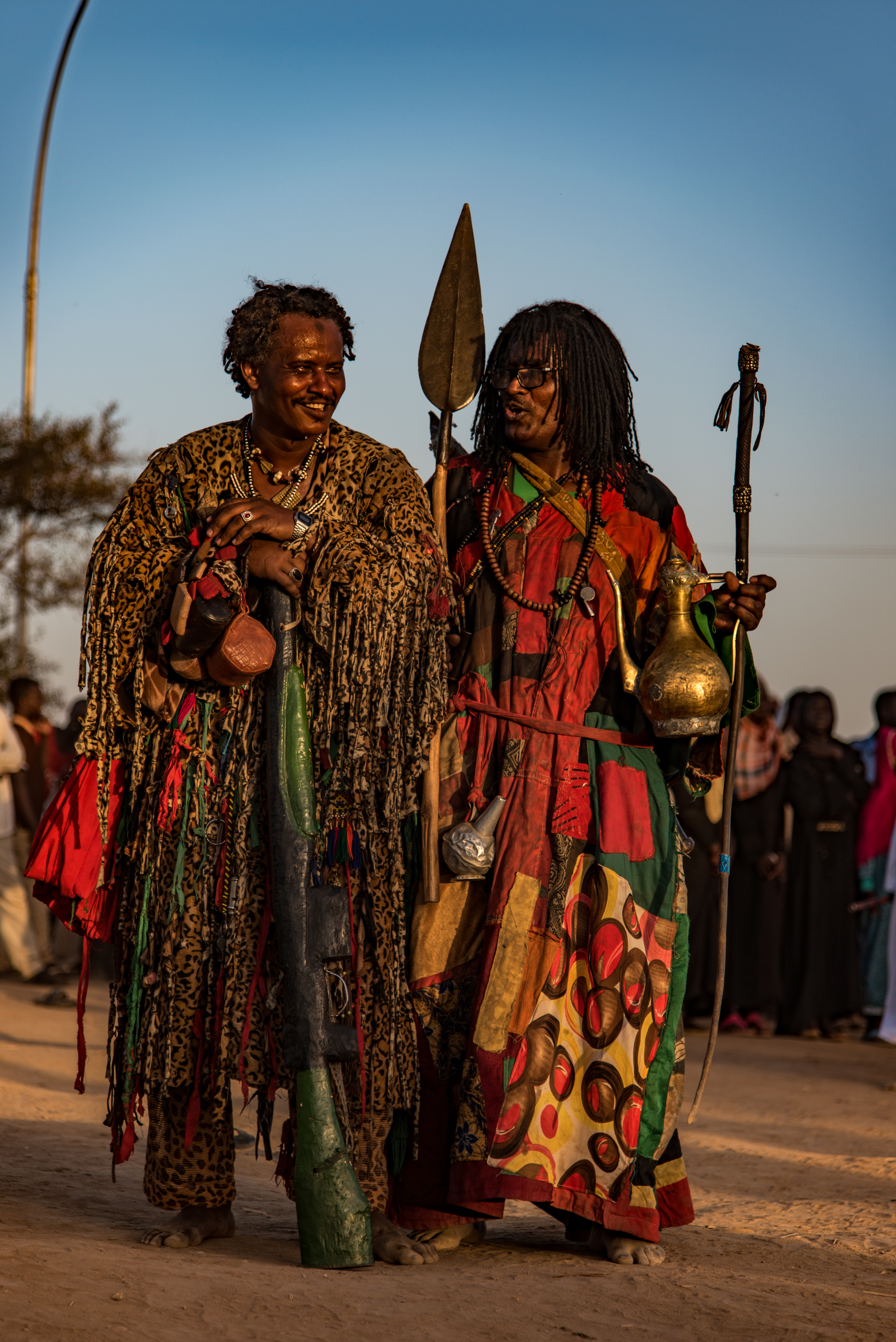
Pulling their bent arms back and forth like pistons on a steam train, faithful Muslims form the front row of a spectator circle; behind are only a handful of khawaja (white people), all watching with wide-eyed awe.
Some worshippers thump the floor, others shout ‘Allah’ to the sky.

A swirl of shredded leopard-print fronds, with an AK47 slung over his shoulder, one Sufi becomes so overwhelmed he begins to cry; sweat and tears gleaming like jewels in the honeydew light.
Although a holy and very genuine display, outsiders are welcome to participate, but given the small percentage of tourists visiting this African country, there’s little risk of ruining the mood.
Read: Exploring South Africa’s wild garden wilderness
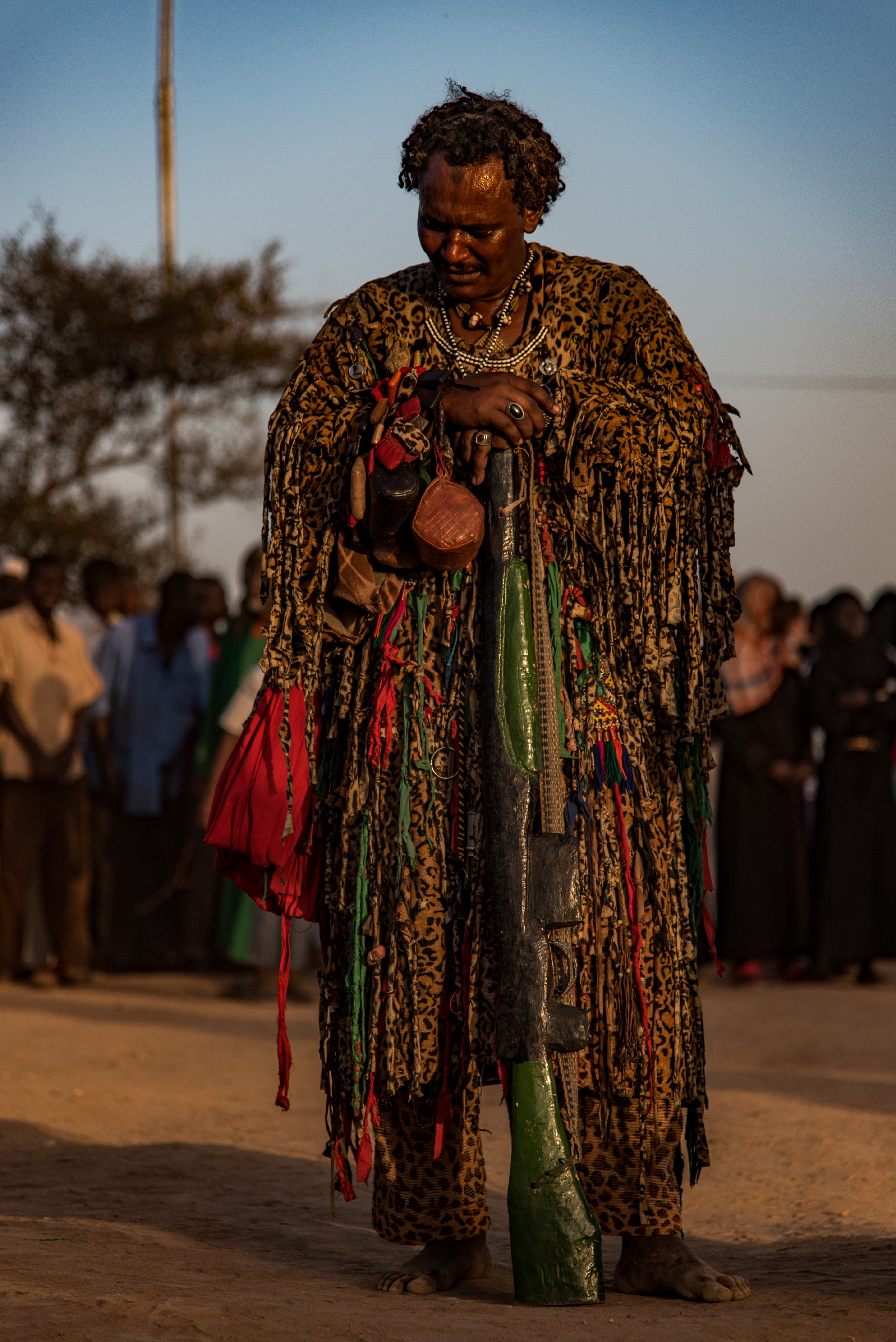
Welcome to Sudan
Considered a gateway between Middle Eastern and African culture, Sudan sits below Egypt along a lower section of the Nile. A British colony until 1956, it was plagued by civil wars in the 20th century, but since the secession of South Sudan in 2011, the country has generally been at peace.
Only 10,000 travel visas are issued per year and permits are still required to move between certain areas, but with a bit of planning, the destination is easy to visit, and intrepid travellers are starting to take note.
A city in flux
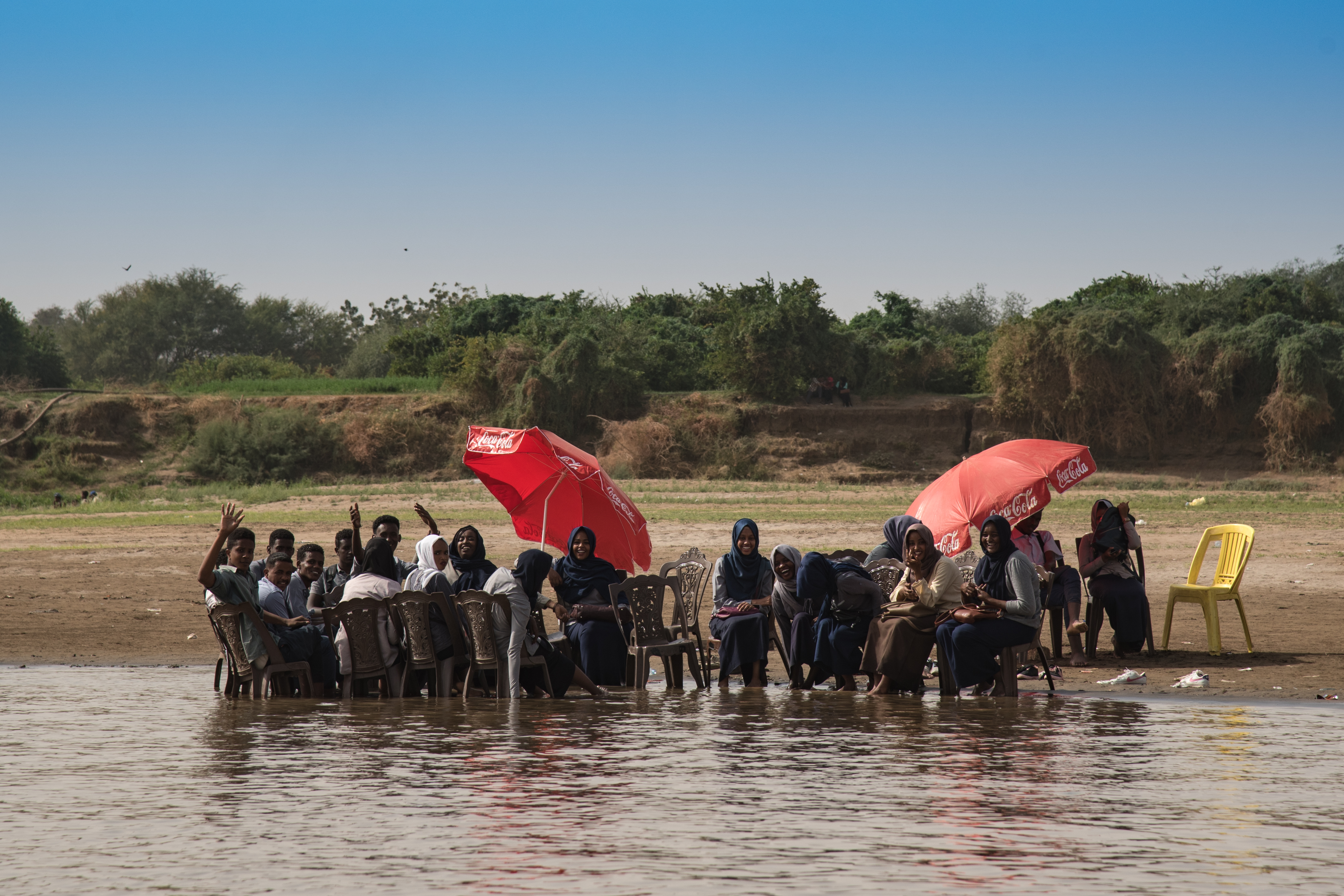
Capital city Khartoum is a sprawl of date palms poking through concrete blocks, parched soil and half-finished construction sites.
Lord Kitchener, a former British governor, designed the city layout to resemble a Union Jack.
Some vestiges of colonial glory remain, including the Presidential Palace and rusting ships moored along the river, but otherwise, investment in roads, bridges (which, oddly, are illegal to photograph) and skyscrapers, has largely been from Qataris and Chinese.

One exception is the Corinthia Hotel, a futuristic structure shaped like a billowing sail, funded by the Libyan government and nicknamed ‘Gaddafi’s egg’. With panoramic restaurants, an excellent spa and European standard five-star accommodation, in this setting, it’s most certainly one of a kind.
The influence of the Nile
Snaking the length of the country, Africa’s longest river has shaped both the geography and history of Sudan, and Khartoum has grown around a confluence where tributaries the Blue Nile and White Nile meet. Flowing for 6km without mixing, it’s a stretch poetically known as the longest kiss.
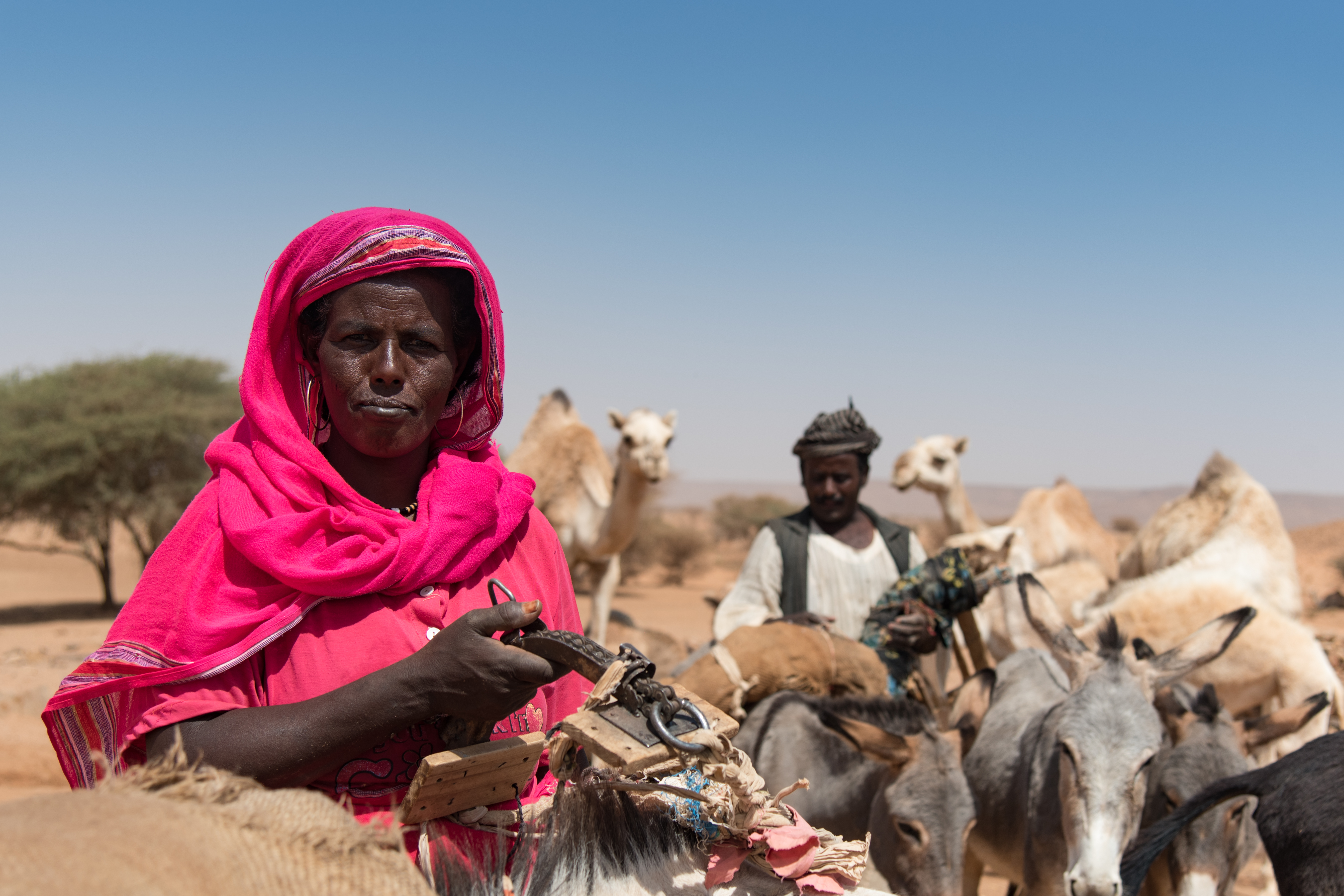
Leaving the city, I travel 200km north to visit historical sites belonging to the Meroitic civilisation, a wealthy culture thriving between 750BC and 350AD.
Once covered by grass, the dusty land is largely barren, and nomadic tribesmen with daggers strapped to their forearms lead camels through a maze of brittle acacia trees.
Discovering the pyramids of Meroe
Around 40 pyramids rise from the sleek sand dunes at Meroe, much steeper and smaller than their Egyptian counterparts, but equally as impressive.
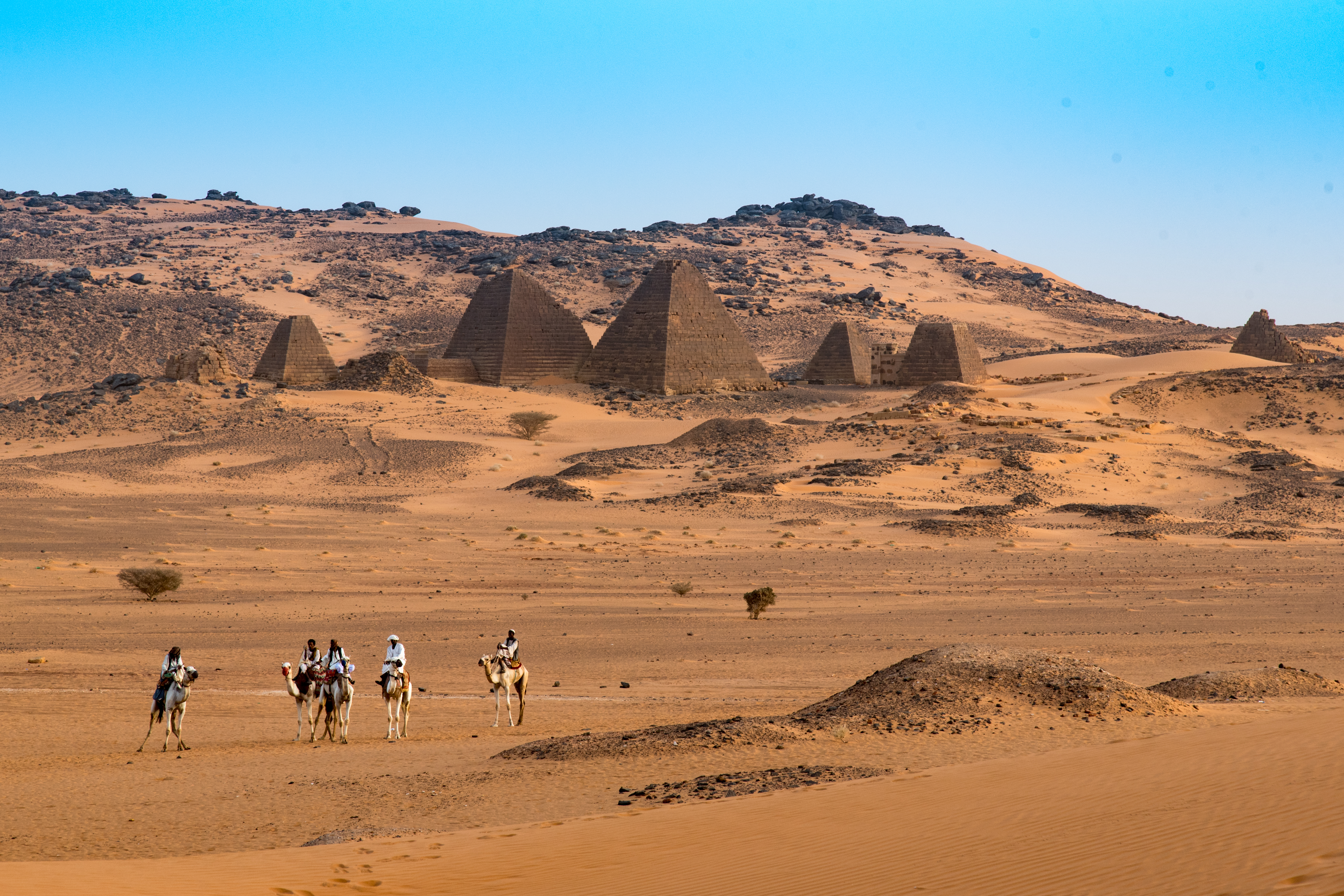
“Most were built quickly,” explains our Italian tour guide Karla, as we climb to the top of the necropolis. “The base was made from sandstone and they were filled with pebbles. But the pyramids aren’t important; it’s the tombs underneath that matter.”
While development has blighted the fringes of Egypt’s Pyramids of Giza, Meroe is largely untouched – for now.

Hemming the horizon, a line of recently erected electricity pylons was a clumsy decision, which could ultimately cost the site its UNESCO status, although Karla assures me efforts are being made to take them down.
Similarities with the Egyptians

In 1822, Frenchman Frédéric Caillaud was the first European to find this ancient burial site, followed by various explorers who hoped to sell treasures to collectors back home.
But it’s easy to understand why so many stolen artefacts were denounced as Egyptian forgeries; similarities between the cultures are uncanny.
Read: Risky international destinations top traveller wish lists
“Meroitic hieroglyphs drive Egyptologists mad!” laughs Karla, referring to a language that’s still not been deciphered. “The characters look the same but are completely different.”

In 1500BC, the Egyptians conquered Nubia (or Kush), and their influence is evident at Naga and Mussawarat, two archaeological sites close to Meroe.
Gods, such as Isis and Horus, are engraved on temple walls, but their features have been given a distinctly African edge. Queens are represented as voluptuous and powerful, with long manicured nails, and kings have tight, curly Afro hair.

Learning about local life
Even winters are raging hot this close to the Equator, and with little available shade, I find refuge at Meroe Camp, an Italian-run eco-resort overlooking the pyramids and set within the archaeological site.
Operating for 17 years with safari-style tents, the camp will switch to permanent cottages from October. Beams have been constructed from reclaimed British telegraph poles found in the desert, while shiny Villeroy and Boch bathroom fittings lend some five-star appeal.

A short distance away is Kabushiya village, used by the camp for daily produce and food supplies, where donkey carts stacked with leafy greens create traffic jams, and animal carcasses hang from hooks in the open air.
Given the silt-rich soils along the Nile, it’s surprising how little is grown here; even flour to make bread is imported from Australia, I’m told.
Read: Countries where you can drink the tap water
Since US sanctions on Sudan were lifted last year, the country’s economy has gone into freefall, with spiralling hyperinflation second only to Venezuela, making it harder for people to afford even basic food.

Yet, I’m only ever greeted with smiles and laughter, and when I order a Sudanese coffee spiced with ginger from a simple street shack, a toothy man wrapped in a white jalabiya insists on picking up my bill.
The glory days of Meroitic wealth may be a chapter in Sudan’s past, but its riches shine through in so many other ways.
Would you visit Sudan? Why not share your most desirable African destination in the comments section below?
– With PA
If you enjoy our content, don’t keep it to yourself. Share our free eNews with your friends and encourage them to sign up.

